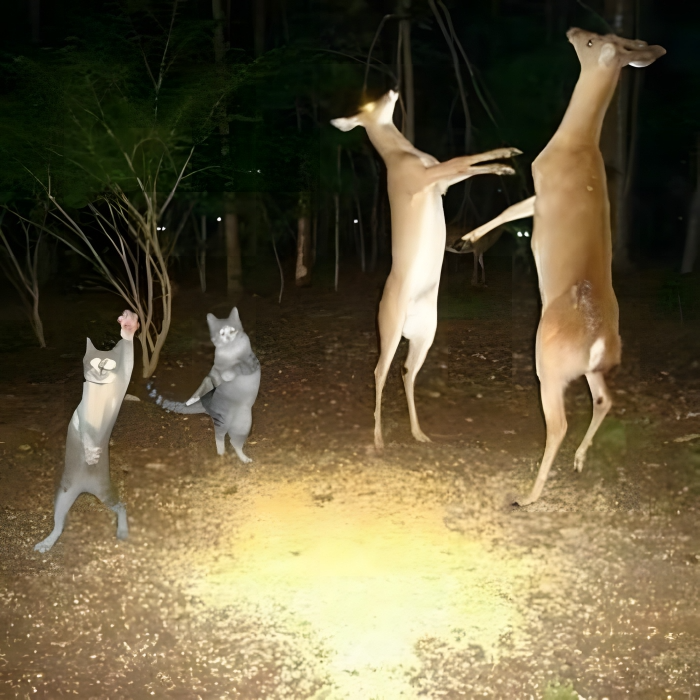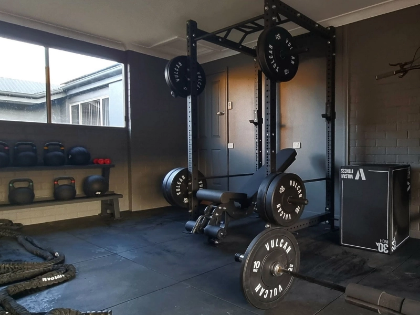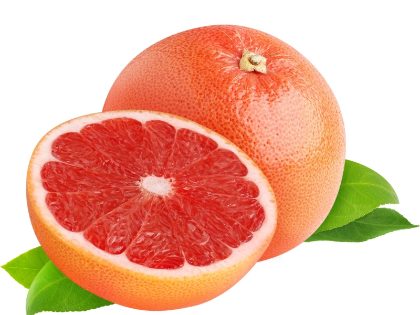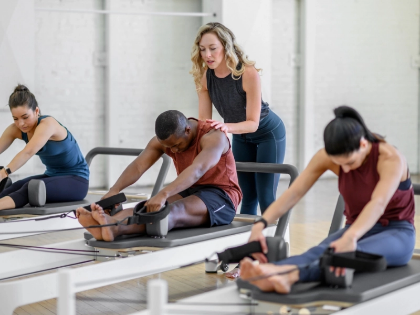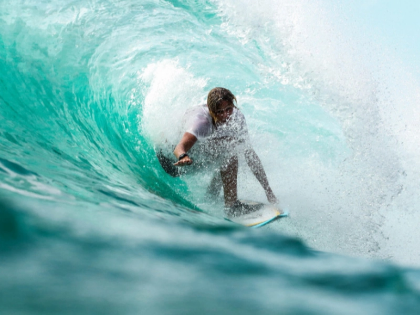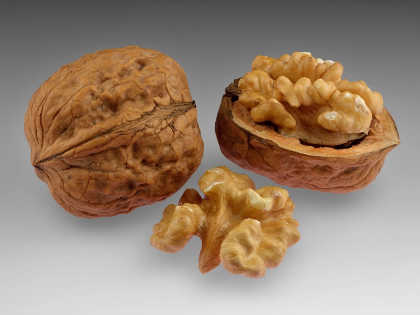Fun and intriguing Pilates Exercises for Young Children
For most parents, it might be difficult to keep their children active. However, adding Pilates to the exercise regimen keeps children attentive and involved. Enhancements in balance and coordination can even benefit athletic performance. The muscles that promote proper posture and spinal alignment are also strengthened with Pilates. The six Pilates principles—centering, concentration, control, precision, breath, and flow—teach children to quiet their brains and concentrate on their exercises.
1. Bear Crawl

2. The Bear Trace
 Youngsters can become enthused about seeing their own development. Their strength and flexibility get better the more they practice. As adolescents gain experience with more difficult routines, this may give them a sense of empowerment.
An excellent full-body workout that tones the arms, shoulders, and back is the bear walk. It also makes coordination and balance difficult. For kids, this is a crucial ability that will help them stay injury-free when playing sports.
Consider making this practice a little more enjoyable by having your kids believe they are bears scuttling across the floor on all fours! To add a little adventure, you may even encourage them to make small growling noises. Additionally, there are variants of the classic bear crawl that emphasise mobility more, such as the scapula bear walk or the sumo bear walk.
Youngsters can become enthused about seeing their own development. Their strength and flexibility get better the more they practice. As adolescents gain experience with more difficult routines, this may give them a sense of empowerment.
An excellent full-body workout that tones the arms, shoulders, and back is the bear walk. It also makes coordination and balance difficult. For kids, this is a crucial ability that will help them stay injury-free when playing sports.
Consider making this practice a little more enjoyable by having your kids believe they are bears scuttling across the floor on all fours! To add a little adventure, you may even encourage them to make small growling noises. Additionally, there are variants of the classic bear crawl that emphasise mobility more, such as the scapula bear walk or the sumo bear walk.
3. Ladders and Snakes
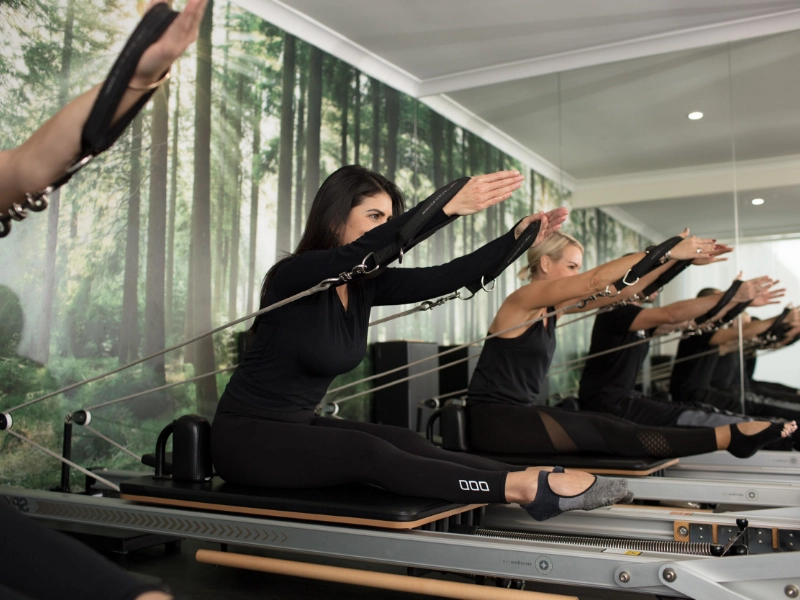 Children frequently have a lot of energy to expend. Although it can be challenging to get kids to practice Pilates, it is worthwhile for their emotional and physical well-being. The brain's chemicals that improve mood and soothe emotions are enhanced by exercise. In a time when stress and worry seem to be on the rise, this is advantageous.
Children should always have good posture because long-term bad posture can cause neck and back problems. Pilates enhances balance and stability in important muscle groups and helps build a solid foundation for good posture.
By having your child stand straight, bend to the right, and extend their left shoulder and rib cage, the Tick Tock Side Bend Pilate exercise strengthens their spine and enhances their posture. On each side, repeat this motion four to six times.
Children frequently have a lot of energy to expend. Although it can be challenging to get kids to practice Pilates, it is worthwhile for their emotional and physical well-being. The brain's chemicals that improve mood and soothe emotions are enhanced by exercise. In a time when stress and worry seem to be on the rise, this is advantageous.
Children should always have good posture because long-term bad posture can cause neck and back problems. Pilates enhances balance and stability in important muscle groups and helps build a solid foundation for good posture.
By having your child stand straight, bend to the right, and extend their left shoulder and rib cage, the Tick Tock Side Bend Pilate exercise strengthens their spine and enhances their posture. On each side, repeat this motion four to six times.
4. Dog and Cat
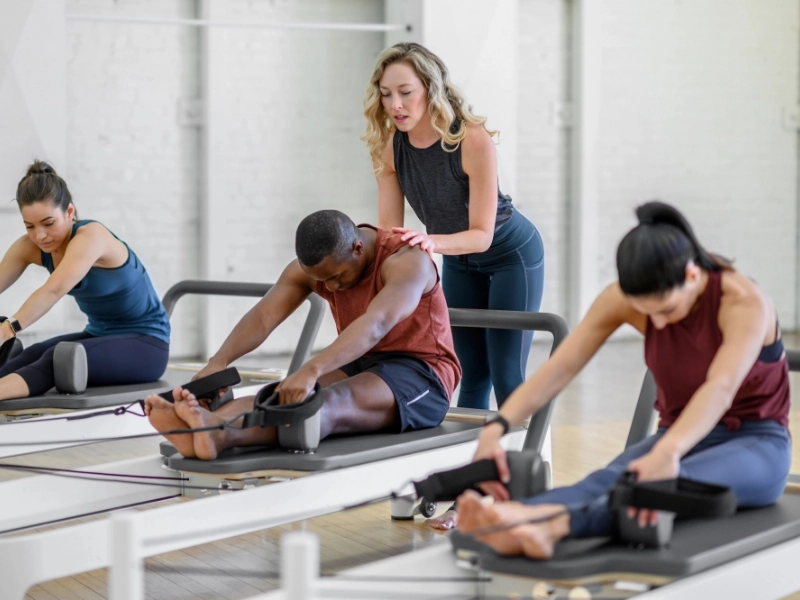 Being present in the body and movement is required by the six Pilates Principles of Centring, Concentration, Control, Precision, Breath, and Flow. This enables children to focus on the motions in front of them while also helping them to relax their bodies through breathing and cleanse their minds of things like a tough day at school or a disagreement with a friend.
Pilates has a strong emphasis on balance, and this exercise will help your children become more stable when standing. Ask them to fold their legs and arms, then extend the non-weight-bearing leg as far as they can backward. The lower body will get stronger as a result, and body awareness will rise.
It might be difficult at times to keep children interested and motivated during Pilates classes, but it's crucial to remember that these are beneficial, healthy movements that will benefit them long after they leave the studio. Educating children about the many advantages of Pilates will motivate and inspire them to continue the exercise regimen.
Being present in the body and movement is required by the six Pilates Principles of Centring, Concentration, Control, Precision, Breath, and Flow. This enables children to focus on the motions in front of them while also helping them to relax their bodies through breathing and cleanse their minds of things like a tough day at school or a disagreement with a friend.
Pilates has a strong emphasis on balance, and this exercise will help your children become more stable when standing. Ask them to fold their legs and arms, then extend the non-weight-bearing leg as far as they can backward. The lower body will get stronger as a result, and body awareness will rise.
It might be difficult at times to keep children interested and motivated during Pilates classes, but it's crucial to remember that these are beneficial, healthy movements that will benefit them long after they leave the studio. Educating children about the many advantages of Pilates will motivate and inspire them to continue the exercise regimen.
5. The Bear Hut

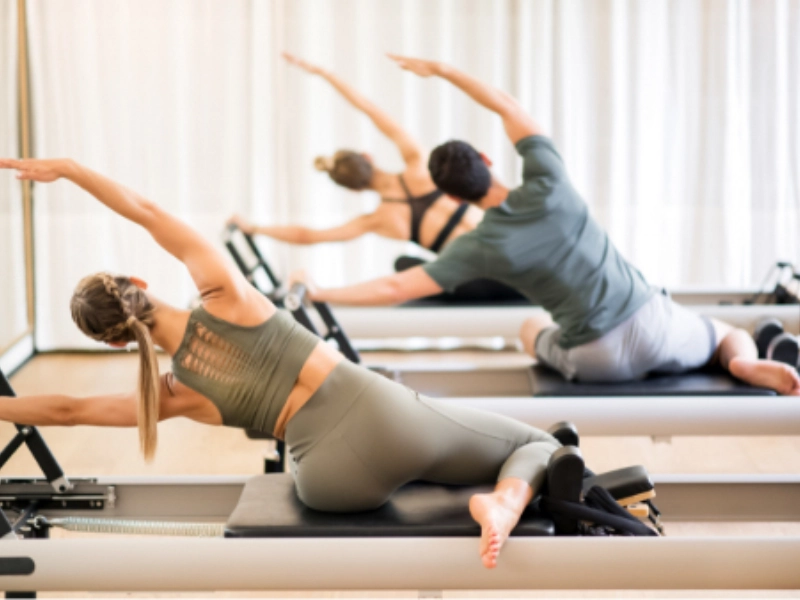 Pilates strengthens the core and other important muscle groups, which enhances balance and assists children with motor control issues. It also helps kids focus and establish a solid mind-body bond.
The side bend of tuck tock Children can benefit greatly from pilates as a seated core exercise. Children must visualise themselves rolling up in lava or quicksand and rolling back down without letting their feet touch the ground.
As a STOTT PILATES(r) Certified Instructor, Rebecca McLean enjoys making Pilates enjoyable and interesting for her two children. She gave her children a Pilates exercise to perform on each square they landed on in the traditional board game Snakes and Ladders. They gain power in their shoulders, hips, and core in this way without sacrificing their flexibility.
Pilates strengthens the core and other important muscle groups, which enhances balance and assists children with motor control issues. It also helps kids focus and establish a solid mind-body bond.
The side bend of tuck tock Children can benefit greatly from pilates as a seated core exercise. Children must visualise themselves rolling up in lava or quicksand and rolling back down without letting their feet touch the ground.
As a STOTT PILATES(r) Certified Instructor, Rebecca McLean enjoys making Pilates enjoyable and interesting for her two children. She gave her children a Pilates exercise to perform on each square they landed on in the traditional board game Snakes and Ladders. They gain power in their shoulders, hips, and core in this way without sacrificing their flexibility.

